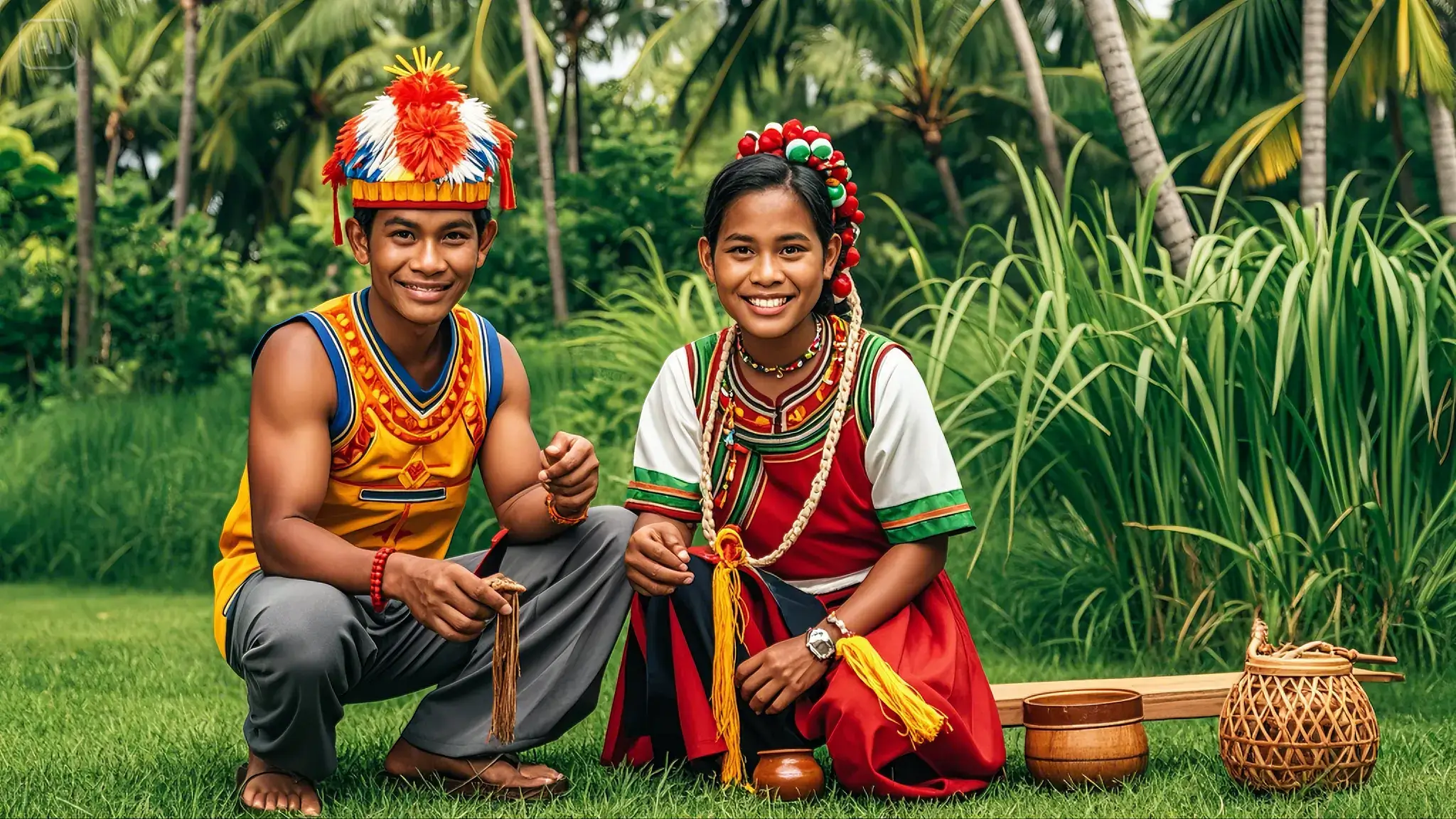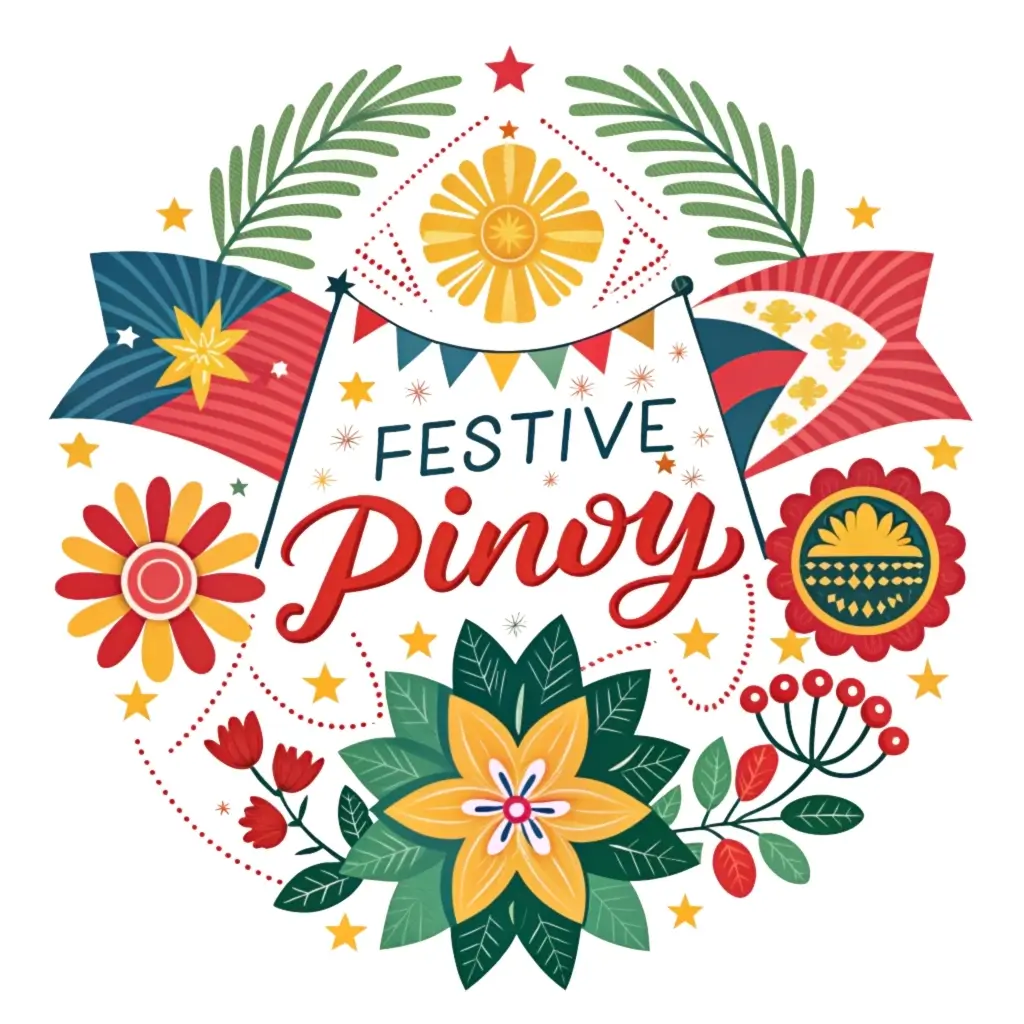Traditional Games in the Philippines: Preserving Culture and Promoting Fitness

Imagine a world where screens and gadgets take a backseat to laughter-filled streets and bustling playgrounds. In the Philippines, traditional games have long been a cornerstone of childhood, weaving communities together through fun and competition. These games passed down through generations, offer more than just entertainment, they’re a vibrant thread in the cultural tapestry of the nation.
You’ll find these games played in every corner of the archipelago, from bustling cities to quiet rural villages. They teach values like teamwork, strategy, and perseverance, all while keeping the spirit of Filipino heritage alive.
Key Takeaways
- Cultural Significance: Traditional Filipino games are more than entertainment; they preserve Filipino heritage, teach essential values, and weave communities together through shared experiences.
- Historical Roots: These games have deep historical roots, reflecting the diverse influences of Filipino culture, including Spanish and American colonization.
- Educational Benefits: Traditional games promote physical fitness, teamwork, strategic thinking, and perseverance, offering a holistic approach to physical education.
- Popular Games: Key traditional games like Piko, Sipa, and Patintero not only provide fun but also enhance skills such as balance, coordination, and strategic movement.
- Preservation Efforts: There are active efforts to modernize and preserve these cultural practices through integration into school curricula, community programs, and digital platforms.
Historical Overview of Traditional Games in the Philippines
Traditional games in the Philippines have deep roots, offering a window into the country’s culture and history. They carry the essence of Filipino heritage, reflecting the influences that have shaped the nation over centuries.
The Role of Games in Filipino Culture
Traditional games, like sungka and sipa, are critical in Filipino culture. These activities transcend mere entertainment, embedding values like teamwork, strategy, and perseverance into daily life. These games foster social interaction and community bonding, especially during fiestas and family gatherings. Their continued popularity demonstrates the importance of traditional games in the Philippines, showcasing cultural pride and continuity.
Influence of Spanish and American Colonization on Games
Spanish and American colonization profoundly influenced traditional Filipino games. Spanish colonists introduced games like Juego de Anillo, clearly reflecting European customs. Under American rule, Western sports and games became integrated into Filipino society, blending with indigenous games.
This colonial impact added diversity to the list of traditional games in the Philippines, merging native and colonial elements to form a unique cultural tapestry that continues to evolve today.
Popular Traditional Filipino Games
The Philippines boasts a rich array of traditional games that continue to captivate both young and old. These games are integral to Filipino culture, offering not only fun but also valuable lessons in teamwork and perseverance.
Piko – Similar to Hopscotch
Piko closely resembles hopscotch and is a beloved street game among Filipino children. Players draw squares on the ground using chalk or other materials. They then take turns hopping through the squares on one foot, retrieving a tossed object, typically a stone or small toy, without losing balance or stepping on lines. This game enhances balance, coordination, and agility.
Sipa – The Philippine National Game
Sipa, considered the national game of the Philippines, holds immense cultural significance. The game’s primary objective is to keep a woven rattan ball, called a “sipa,” airborne with a player’s feet for as long as possible. Sipa showcases physical prowess, coordination, and dexterity.
Patintero – A Game of Lines and Zones
Patintero involves two teams and features a grid drawn on the ground. One team stands in the grid’s zones, trying to tag the crossing players from the other team. The goal is for players to traverse the grid without getting tagged while maintaining strategic coordination within their team. This game teaches teamwork, strategy, and quick thinking.
The Rules and How to Play Key Filipino Games
Traditional games in the Philippines play an essential role in preserving culture and offering fun experiences. Here’s how you can enjoy three key Filipino games: Piko, Sipa, and Patintero.
Learning Piko
Piko, similar to hopscotch, enhances balance and agility. To play, follow these steps:
- Draw the Grid: Use chalk to draw a grid on the ground, typically with six to ten squares.
- Mark the Starting Line: Indicate where players should start.
- Throw the Pato: Players toss a small flat stone or tile (pato) into the first square.
- Hop and Retrieve: Hop through the grid on one foot, retrieving the pato without touching the lines.
- Continue the Game: Move to the next square and repeat until completing the grid.
Piko develops physical skills and provides entertainment, making it a timeless favourite among traditional games in the Philippines.
Mastering Sipa
Sipa, the national game, requires physical prowess and coordination. The game involves:
- Prepare the Sipa: Use a small metal washer with colourful threads or a rattan woven ball.
- Set the Playing Area: Any open space works.
- Kick the Sipa: Use your foot to kick and keep the Sipa in the air.
- Count Consecutive Hits: The goal is to achieve the most uninterrupted kicks.
- Play in Teams or Solo: Form teams for a competitive edge or play solo to practice.
Sipa unites communities, emphasizing athleticism and tradition.
Understanding Patintero
Patintero involves teamwork and strategic thinking. To play:
- Mark the Playing Field: Draw a rectangular grid with parallel and perpendicular lines on the ground.
- Form Teams: Divide into two teams, each with equal members.
- Defenders and Runners: One team defends the grid, while the other tries to cross it without being tagged.
- Cross the Lines: Runners navigate by crossing lines without being tagged by defenders.
- Score Points: Points are earned for every runner who successfully crosses and returns without being tagged.
Patintero promotes social interaction and strategic planning, embodying the essence of traditional Filipino games.
These games preserve Filipino heritage, offering a blend of enjoyment, physical activity, and cultural education.
The Educational Value of Traditional Filipino Games
Traditional games in the Philippines offer more than just fun; they provide significant educational value. These games impart life skills, promote physical activity, and help preserve cultural identity.
Physical Education Through Play
Traditional Filipino games like Sipa and Tumbang Preso enhance physical fitness. Sipa, requiring agility and coordination, helps develop leg strength and balance. Playing Tumbang Preso improves running speed and reflexes, as players dodge and chase each other. These games provide a holistic approach to physical education, incorporating cardio, strength, and coordination training.
Sample Table of Physical Benefits:
| Game | Physical Skills Developed |
|---|---|
| Sipa | Leg strength, balance, coordination |
| Tumbang Preso | Speed, reflexes, agility |
| Patintero | Endurance, strategic movement |
| Luksong Baka | Jumping ability, flexibility |
Cultural Identity and Preservation
Traditional games play a crucial role in preserving Filipino cultural identity. Games like Sungka and Patintero are passed down through generations, keeping historical practices alive. Sungka, a game of strategy using shells and a wooden board, teaches patience and strategic thinking. Participating in these games connects you to Filipino heritage, fostering a sense of belonging and cultural pride.
- Sungka – Strategy and patience
- Patintero – Teamwork and agility
- Piko – Balance and precision
- Luksong Tinik – Coordination and careful movement
Engaging in traditional Filipino games enriches your understanding of the Philippines’ diverse cultural heritage. These games offer an enjoyable way to learn important skills while celebrating and preserving cultural traditions.
The Revival and Continuing Legacy
Traditional games in the Philippines continue to thrive, fostering cultural identity and community spirit.
Efforts to Modernize and Preserve
Efforts to modernize and preserve traditional games include integrating them into school curricula and community programs. Educational institutions and local government units organize events to teach and play games like Sipa and Patintero, ensuring new generations learn and appreciate their heritage. Digital platforms also create awareness by featuring traditional games in online forums and social media campaigns.
Traditional Games in Modern Filipino Festivals
Traditional games in modern Filipino festivals play a crucial role in keeping the legacy alive. Events such as barangay fiestas and cultural festivals often showcase games like Tumbang Preso and Sungka, engaging both the young and old. These festivals provide an immersive experience where participants can enjoy the benefits of traditional games, which include promoting physical fitness and strategic thinking. Including these games in festivals strengthens cultural bonds, making the community more cohesive and culturally aware.
Conclusion
Traditional Filipino games like Piko, Sipa, and Patintero are more than just pastimes. They’re a vital part of preserving Filipino heritage and instilling values like teamwork and physical skills. These games offer educational benefits and contribute to maintaining cultural identity.
Efforts to modernize and preserve these games through various platforms ensure they remain relevant. By integrating traditional games into modern festivals and community events, you help strengthen community bonds and promote cultural awareness.
Embracing and promoting these traditional games is a meaningful way to celebrate and sustain Filipino culture. So next time you’re at a barangay fiesta or community event, take the opportunity to engage in these timeless activities.
Frequently Asked Questions
What are traditional Filipino games?
Traditional Filipino games, such as Piko, Sipa, and Patintero, are cultural pastimes played by Filipino children through generations. These games are essential in preserving Filipino heritage and teaching values like teamwork and physical skills.
Why are traditional Filipino games important?
These games are crucial for maintaining cultural identity, promoting physical fitness, and teaching teamwork. They also offer educational value, enhancing physical agility and strategic thinking.
How are traditional Filipino games being preserved?
Efforts to preserve these games include integrating them into school curricula, organizing community programs, and developing digital platforms that promote and modernize the gameplay.
What role do traditional Filipino games play in festivals?
Traditional Filipino games are featured in modern Filipino festivals like barangay fiestas. They engage participants of all ages, promoting cultural awareness, physical fitness, and community bonds.
Are traditional Filipino games suitable for all ages?
Yes, traditional Filipino games like Patintero and Piko can be enjoyed by both children and adults, fostering a sense of community and cultural continuity through shared activities.





